 2026 Toyota bZ Dimensions, Size & Specs
2026 Toyota bZ Dimensions, Size & SpecsMeasurements of the 2026 Toyota bZ, engineered for optimal performance and comfort
| Dimensions | |
|---|---|
| Length: | 4690 mm184.6 in15.4 ft |
| Width: | 1860 mm73.2 in6.1 ft |
| Height: | 1651 mm65.0 in5.4 ft |
| Ground Clearance: | 206-208 mm8.1-8.2 in0.7-0.7 ft |
| Trunk Capacity: | 731-784 liter25.8-27.7 cu ft |
| Weight Specifications | |
| Curb Weight: | 1840-1985 kg4057-4376 lbs |
| Maximal permitted Weight: | 2465-2561 kg5434-5646 lbs |
| Tire Specifications | |
| Rims Sizes: |
|
The 2026 Toyota bZ marks the debut of Toyota's new bZ series, an all-electric SUV designed with a balanced combination of size and functionality. Manufactured from 2025 to the present, this generation SUV features a length ranging between 4689 mm and 4690 mm (184.5 to 184.6 inches), making it a midsize SUV suitable for both urban and suburban driving. Its width spans from 1859 mm to 1860 mm (73.2 to 73.2 inches), providing a stable road presence without compromising maneuverability. Standing at a height of 1650 mm to 1651 mm (64.96 to 65 inches), the Toyota bZ offers a comfortable cabin with ample headroom.
Curb weight varies between 1840 kg and 1985 kg (4056 to 4376 lbs), reflecting the typical heft of an electric SUV equipped with advanced battery technology. The maximum allowable weight ranges from 2465 kg to 2561 kg (5434 to 5646 lbs), allowing for ample passenger and cargo capacity. Luggage space is notably generous, with a cargo volume between 731 liters and 784 liters (approximately 25.8 to 27.7 cubic feet), accommodating everyday needs and longer trips with ease.
Ground clearance is set at a practical 206 to 208 mm (8.1 to 8.2 inches), which enables confident driving over uneven terrain and mild off-road conditions while maintaining stability. The vehicle rides on 18 to 20-inch rims, balancing aesthetics and performance.
Overall, the 2026 Toyota bZ SUV blends efficient electric power with spacious dimensions, positioning itself as an attractive option for drivers seeking a modern and eco-friendly SUV with ample interior space and functional design.
Discover the standout features that make the 2026 Toyota bZ a leader in its class
Have a question? Please check our knowledgebase first.
The Toyota bZ 2026 SUV has a length ranging from 4689 to 4690 mm (184.6 to 184.7 inches), a width between 1859 and 1860 mm (73.2 to 73.2 inches), and a height from 1650 to 1651 mm (64.96 to 65 inches). These dimensions place the bZ within the mid-size SUV segment, providing a spacious cabin while maintaining manageable proportions for city and suburban driving. The precise size variations reflect minor trim or equipment differences, but overall, the vehicle offers a balanced footprint suitable for urban maneuverability and highway stability.
The curb weight of the Toyota bZ 2026 SUV ranges from 1840 kg to 1985 kg (4056 to 4375 lbs), while the maximum permissible weight spans 2465 to 2561 kg (5433 to 5646 lbs). The curb weight affects the vehicle's efficiency, handling, and acceleration, with lighter variants generally offering better efficiency and agility. The maximum weight indicates the total allowable weight including passengers, cargo, and additional load. These weight specifications ensure the bZ SUV maintains safety and proper driving dynamics, considering its all-electric architecture and battery pack. The relatively optimized weight contributes to a good balance between range, power delivery, and stability.
The Toyota bZ 2026 SUV features a ground clearance between 206 mm and 208 mm (8.1 to 8.2 inches), positioning it well above many standard SUVs. This elevated ride height allows the bZ to handle rough terrain or obstacles with confidence while providing a commanding view typical of SUVs. In urban environments, it helps to easily clear speed bumps and uneven roads without risking damage to the vehicle's undercarriage. This size strikes a good balance, offering both off-road capability and everyday practicality for city driving.
The Toyota bZ 2026 SUV provides a luggage capacity ranging from 731 to 784 liters (approximately 25.8 to 27.7 cubic feet). This generous cargo space ensures ample room for luggage, groceries, sports equipment, or travel gear, making it highly suitable for family outings and long-distance trips. The flexible interior and cargo configuration allow enhanced usability, accommodating both passengers and goods efficiently. Compared to many electric SUVs, the bZ offers competitive storage space, benefiting from its well-optimized interior layout.
The Toyota bZ 2026 SUV offers rim sizes of 18 inches and 20 inches. The 18-inch rims typically provide a balance between ride comfort, tire lifespan, and efficiency, absorbing road irregularities better. In contrast, the 20-inch rims enhance the SUV's aesthetics, giving it a sportier and more aggressive stance, while potentially offering improved cornering and handling at the cost of a firmer ride. Vehicle buyers can select rims based on their preferences for style and performance, with the larger rims often reserved for higher-end trims.
The Toyota bZ 2026 SUV, with dimensions around 4690 mm (184.7 inches) in length, 1860 mm (73.2 inches) in width, and about 1650 mm (65 inches) in height, fits comfortably into most standard residential garages. Typical single-car garages in many regions measure approximately 6 meters (19.7 feet) in length and 3 meters (9.8 feet) in width, which provides ample clearance around the vehicle for doors to open and to maneuver safely. However, users should consider their garage layout, including storage and other objects, to ensure easy access and parking.
The Toyota bZ 2026 represents Toyota's fresh entry under the bZ (beyond Zero) sub-brand, focusing exclusively on battery electric vehicles, making it a new model line rather than a direct successor to a previous generation. As such, it does not have a direct predecessor generation to compare with in size. This transition to an all-electric SUV marks a significant departure in design philosophy, optimizing the vehicle's dimensions and interior packaging around electric architecture for enhanced space efficiency and modern SUV proportions tailored to 2026 market demands.
The Toyota bZ 2026 SUV slots into the competitive mid-size electric SUV category. Its length of ~4690 mm (184.7 inches) and width near 1860 mm (73.2 inches) put it on par with rivals like the Hyundai Ioniq 5 and Ford Mustang Mach-E, which range in similar dimensions. The bZ's generous 731-784 liters (25.8-27.7 cubic feet) cargo space is competitive and often exceeds what some rivals offer, especially vehicles built on modified ICE platforms. Its 206-208 mm (8.1-8.2 inches) ground clearance is also favorable, offering versatility between urban use and light off-roading, rounding out a well-balanced specification among peers.
The Toyota bZ 2026 SUV is the flagship model of Toyota’s bZ (beyond Zero) electric vehicle series, emphasizing sustainable mobility with zero emissions. Designed with modern SUV appeal, it features spacious cabin space, advanced electric drivetrain technology, and a design optimized for battery electric performance. The vehicle combines Toyota’s reputation for reliability with cutting-edge EV innovation and is targeted at environmentally conscious consumers seeking a practical yet futuristic electric SUV. Its size, cargo capacity, and ground clearance underline versatility for city and light off-road use while signaling Toyota’s commitment to expanding its electric vehicle lineup.
The dimensions and weight of the Toyota bZ 2026 SUV play a crucial role in determining its electric driving range and performance. With a curb weight ranging from 1840 to 1985 kg (4056 to 4375 lbs), the vehicle falls in the mid-weight category for electric SUVs, which directly affects energy consumption. The relatively moderate width and length aid aerodynamic efficiency, while its optimized height and ground clearance balance interior space with drag considerations. Heavier models tend to have slightly reduced range due to increased energy demands, but Toyota’s electric drivetrain optimization and battery technology aim to maximize efficiency. The overall design reflects a balance between comfort, size, and electric range to meet diverse consumer needs.
Discover similar sized cars.
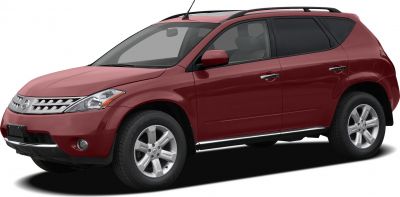
| Production: | 2002-2007 |
|---|---|
| Model Year: | 2003 |
| Length: | 4765 mm187.6 in |
| Width: | 1880 mm74.0 in |
| Height: | 1690 mm66.5 in |
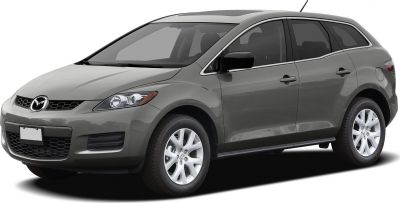
| Production: | 2006-2009 |
|---|---|
| Model Year: | 2007 |
| Length: | 4675 mm184.1 in |
| Width: | 1872 mm73.7 in |
| Height: | 1645 mm64.8 in |
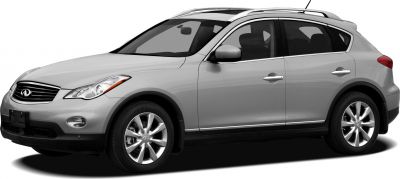
| Production: | 2007-2013 |
|---|---|
| Model Year: | 2008 |
| Length: | 4630 mm182.3 in |
| Width: | 1800 mm70.9 in |
| Height: | 1575 mm62.0 in |
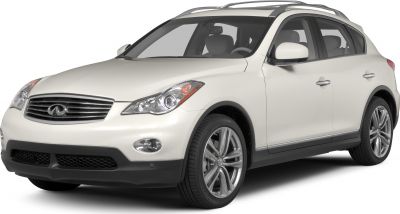
| Production: | 2007-2013 |
|---|---|
| Model Year: | 2008 |
| Length: | 4630 mm182.3 in |
| Width: | 1800 mm70.9 in |
| Height: | 1575 mm62.0 in |
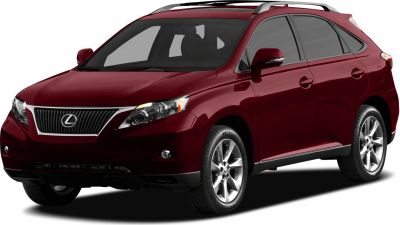
| Production: | 2009-2012 |
|---|---|
| Model Year: | 2010 |
| Length: | 4740-4770 mm186.6-187.8 in |
| Width: | 1885 mm74.2 in |
| Height: | 1725 mm67.9 in |
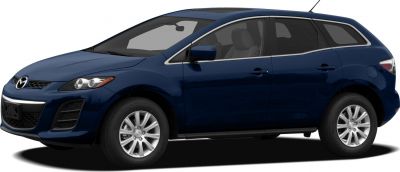
| Production: | 2009-2012 |
|---|---|
| Model Year: | 2010 |
| Length: | 4693-4700 mm184.8-185.0 in |
| Width: | 1872 mm73.7 in |
| Height: | 1645 mm64.8 in |
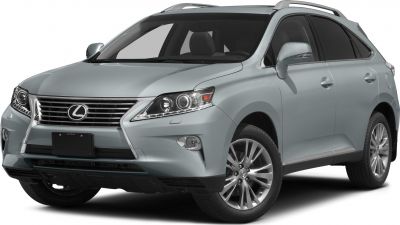
| Production: | 2012-2015 |
|---|---|
| Model Year: | 2012 |
| Length: | 4770 mm187.8 in |
| Width: | 2120 mm83.5 in |
| Height: | 1685-1720 mm66.3-67.7 in |

| Production: | 2013-2015 |
|---|---|
| Model Year: | 2014 |
| Length: | 4635 mm182.5 in |
| Width: | 2043 mm80.4 in |
| Height: | 1600 mm63.0 in |
